For now, love yourself and enjoy this one ...
By Dr. Frederick Meyer (deceased) and Jo Sellers
(Editor’s Note: The complete article was originally published in The Herb Society of America’s The Herbarist, 1999.)
 In 1967, the Potomac Unit of The Herb Society of America initiated a project to publish a facsimile of one of the most significant herbals of the sixteenth century, De historia stirpium, or History of Plants, published by Leonhart Fuchs in 1542. The work, titled The Great Herbal of Leonhart Fuchs (De historia stirpium commentarii insignes) consists of two volumes. Volume one is an interpretive commentary based on three decades of research by the late Dr. Frederick Meyer, the late Dr. Emily Emmart Trueblood, and the late Dr. John L. Heller. Volume two is a facsimile of the Latin edition of the herbal.
In 1967, the Potomac Unit of The Herb Society of America initiated a project to publish a facsimile of one of the most significant herbals of the sixteenth century, De historia stirpium, or History of Plants, published by Leonhart Fuchs in 1542. The work, titled The Great Herbal of Leonhart Fuchs (De historia stirpium commentarii insignes) consists of two volumes. Volume one is an interpretive commentary based on three decades of research by the late Dr. Frederick Meyer, the late Dr. Emily Emmart Trueblood, and the late Dr. John L. Heller. Volume two is a facsimile of the Latin edition of the herbal.
At its inception, the project was under the leadership of Dr. Trueblood, a Potomac Unit member noted for her publication of the Badianus Manuscript, an Aztec herbal written in 1552, translated from Latin into English. As originally planned, Volume I was to include a life of Fuchs, a translation of Fuchs’ introduction, the contents of the herbal, and the botanical names for the woodblock figures of the plants in the herbal.
To help Dr. Trueblood, Dr. Meyer, a retired botanist at the U.S. National Arboretum, was invited as a consultant and advisor on botanical matters. After Dr. Trueblood suffered a heart attack and stroke making it impossible for her to continue, Dr. Meyer assumed full responsibility for the project. He was assisted by Dr. Heller, a Latinist and expert on Linnaeus at the University of Illinois, and with the continued support of the Potomac Unit members, the project moved forward. The sixteenth century was a period during which herbalism flourished and the illustrated herbal reached its maximum development. Of all the fine herbals that appeared at that time, the monumental work of Leonhart Fuchs, a folio with 511 beautiful woodcuts of plants, was one of the finest. The herbal was both an important medical document and a history of botany that enjoyed wide popularity throughout Europe for a long period. The last commentary on the herbal was published in France in 1862.
 Leonhart Fuchs, born in Bavaria in 1501, became one of the leading physicians of Europe. As a Renaissance humanist, philologist, Greek and Latin scholar, administrator, professor, and author, he may be considered the equal of Copernicus and Vesalius. In addition to his great herbal that went through 39 imprints during his lifetime (including German, French, Dutch, and Spanish translations), Fuchs published about 20 books on Galen and Hippocrates, and his anatomy treatise was second only to that of Vesalius. Fuchs was professor of medicine at the University of Tubingen for 35 years and was rector of the same university seven times. In addition to his writing and teaching responsibilities, he had a private medical practice and was father of ten children. He admonished medical men of his day for their botanical ignorance, writing that “one can find scarcely one in a hundred who has an accurate knowledge of even a few plants.”
Leonhart Fuchs, born in Bavaria in 1501, became one of the leading physicians of Europe. As a Renaissance humanist, philologist, Greek and Latin scholar, administrator, professor, and author, he may be considered the equal of Copernicus and Vesalius. In addition to his great herbal that went through 39 imprints during his lifetime (including German, French, Dutch, and Spanish translations), Fuchs published about 20 books on Galen and Hippocrates, and his anatomy treatise was second only to that of Vesalius. Fuchs was professor of medicine at the University of Tubingen for 35 years and was rector of the same university seven times. In addition to his writing and teaching responsibilities, he had a private medical practice and was father of ten children. He admonished medical men of his day for their botanical ignorance, writing that “one can find scarcely one in a hundred who has an accurate knowledge of even a few plants.”
 Evidence of his skill as a field botanist is found throughout his herbal. To illustrate his great herbal, Fuchs retained three artists. Albrecht Meyer drew the plants from life; Heinrich Fullmaurer transferred the drawings to the woodblocks; and Viet Rudolf Speckle did the cutting of the wood blocks. The illustrations produced by these artists, praised for their “simple elegance and naturalness of form” are among the finest produced in any sixteenth-century herbal. Of the many books authored by Fuchs, De historia stirpium was unquestionably his greatest love, his magnum opus. The fine printing and methodical layout, the organization of the subject matter, and the elegant illustrations make the herbal a real treasure.
Evidence of his skill as a field botanist is found throughout his herbal. To illustrate his great herbal, Fuchs retained three artists. Albrecht Meyer drew the plants from life; Heinrich Fullmaurer transferred the drawings to the woodblocks; and Viet Rudolf Speckle did the cutting of the wood blocks. The illustrations produced by these artists, praised for their “simple elegance and naturalness of form” are among the finest produced in any sixteenth-century herbal. Of the many books authored by Fuchs, De historia stirpium was unquestionably his greatest love, his magnum opus. The fine printing and methodical layout, the organization of the subject matter, and the elegant illustrations make the herbal a real treasure.
 There are many reasons for the significance of the Fuchs herbal. It is the first treatise on plants that can be called scientific. As one of the German fathers of botany, Fuchs is considered one of the founders of the sixteenth-century plant iconography. The 511 illustrations, all drawn from living specimens and nearly all identifiable to species, are a starting point for modern taxonomic botany, more than 200 years before Linnaeus. Fuchs’ illustrations were extensively borrowed, copied, or adapted for more than 458 years. Because of the excellence of the illustrations, it was possible to make the first accurate identification of many medicinal plants known from earlier periods. Many of the figures may be considered as historic types of plants figured by Fuchs and later accepted by Linnaeus. More than 100 plants are illustrated for the first time, including chile pepper, corn, French marigold, pumpkin, and kidney bean. The foxglove, a well-known cardiac plant, was first named and depicted by Fuchs in 1542.
There are many reasons for the significance of the Fuchs herbal. It is the first treatise on plants that can be called scientific. As one of the German fathers of botany, Fuchs is considered one of the founders of the sixteenth-century plant iconography. The 511 illustrations, all drawn from living specimens and nearly all identifiable to species, are a starting point for modern taxonomic botany, more than 200 years before Linnaeus. Fuchs’ illustrations were extensively borrowed, copied, or adapted for more than 458 years. Because of the excellence of the illustrations, it was possible to make the first accurate identification of many medicinal plants known from earlier periods. Many of the figures may be considered as historic types of plants figured by Fuchs and later accepted by Linnaeus. More than 100 plants are illustrated for the first time, including chile pepper, corn, French marigold, pumpkin, and kidney bean. The foxglove, a well-known cardiac plant, was first named and depicted by Fuchs in 1542.
 Fuchs aimed to include the complete history of every plant illustrated in the herbal, and for this reason, more than 40 Greek, Latin, and post-Roman authors were cited as sources for plant names. He also drew information on medicinal uses from the leading ancient sources, especially Dioscorides, Pliny, and Galen. Fuchs, himself, contributed additional information on medicinal use derived from local sources, which he included in a special appendix. The herbal also contained the first published glossary of botanical terms. An English translation is included in the new publication.
Fuchs aimed to include the complete history of every plant illustrated in the herbal, and for this reason, more than 40 Greek, Latin, and post-Roman authors were cited as sources for plant names. He also drew information on medicinal uses from the leading ancient sources, especially Dioscorides, Pliny, and Galen. Fuchs, himself, contributed additional information on medicinal use derived from local sources, which he included in a special appendix. The herbal also contained the first published glossary of botanical terms. An English translation is included in the new publication.
Scholars have praised the herbal of Fuchs as one of the most significant landmarks of pre-Linnaean herbal-botanical literature. [This] publication, The Great Herbal of Leonhart Fuchs, will be of value for scholars and students interested in the history of botany, medicine, pharmacy, Renaissance history, history of science, gardeners, herbalists, and others. Today, [over four and a half centuries] after De historia stirpium was published, it still has relevance as a medical reference. Over 80% of the plants illustrated in Fuchs’ herbal have relevance as medicaments in modern medicinal usage.
Dr. Frederick Meyer was a member of The Herb Society of America. An accomplished botanist, Dr. Meyer was both widely traveled and widely published. He wrote many taxonomic articles and books, including on the flora of Japan, the flora of Chile and the Juan Fernandes Islands, as well as publications on the cultivated plants of Europe. He studied the plants of Tierra del Fuego, as well as the ancient plants of Pompeii, and was the first to collect and study the cultivated plants growing along the Riviera in southern France.
Jo Sellers is an active member of the Potomac Unit of The Herb Society of America. She has served in various capacities for HSA, the National Capital Area Federation of Garden Clubs, and the National Council of State Garden clubs. During her career, Jo was a fourth-grade teacher in Virginia where she incorporated herbs and herb gardening in her outreach efforts. She continues to learn and teach about herbs every chance she gets.
By: The Herb Society of AmericaTitle: A History of the Fuchs Herbal Project
Sourced From: herbsocietyblog.wordpress.com/2024/01/08/a-history-of-the-fuchs-herbal-project/
Published Date: Mon, 08 Jan 2024 08:35:00 +0000
Frequently Asked Questions
What is the difference between basil and oregano?
Both of these herbs belong to the Lamiaceae family. They share similar flavors, but the differences are obvious.
Oregano is more pungent than basil. It also adds an extra layer of flavor to foods.
Basil leaves are smaller than oregano leaves. They are also softer and less aromatic.
The two herbs are often used interchangeably. Although they are quite similar, each has its distinctive qualities.
Which plant can heal wounds?
Plants are amazing creatures. They grow, they live, and they die. They make food, clean our air and water, and help keep us healthy. But plants also do more than that...they heal wounds.
Plants release molecules called phytochemicals when they are injured. These chemicals act as antioxidants, which protect cell membranes from damage and promote healing.
Phytochemicals found in plants include flavones (found in citrus fruits), terpenoids (present in mint leaves), and polyphenols (common in berries).
In addition to these protective compounds, plants contain proteins, vitamins, minerals, amino acids, fatty acids, and carbohydrates that support the body's natural processes of healing.
The best way to use plants to heal wounds is to consume them directly. However, there are ways to apply the power of plants to treat wounds without eating them.
First, soak a cotton ball in an extract from the St John's Wort herb. This product contains salicylic acid, which helps reduce inflammation.
Next, place the soaked cotton ball on the wound. Avoid applying the herb directly to open cuts, burns, or puncture wounds. If you feel any burning sensation, remove the herb immediately.
You may also find that placing a few drops of essential oil on the affected area promotes faster healing. Lavender essential oil reduces swelling and speed recovery; rosemary stimulates blood flow and increases circulation; peppermint relieves headaches and muscle aches.
If you want to try your hand at growing some of your medicinal herbs, here are some tips:
- Start with small pots, so you don't end up with too much of one particular type of plant.
- Grow several different types of herbs together. The same goes for flowers and vegetables. Mixing it up will ensure you get all the benefits of each plant.
- Use organic fertilizer if you're growing your herbs indoors. Non-organic fertilizers may be harmful to your health.
- Harvest regularly. You'll enjoy the freshness of homegrown herbs, but leave enough time between harvests to allow the soil to replenish itself.
- Be careful not to overwater your plants. Overly wet soil encourages mold growth, which isn't suitable for your herbs.
- Wash your hands after handling your herbs. You don't want to risk spreading bacteria onto your plants!
What spice is good for inflammation?
Turmeric is one spice that can be beneficial for reducing inflammation. It contains the active ingredient curcumin, which has been studied extensively and shown to have anti-inflammatory effects on the body. Other spices like ginger, cinnamon, cayenne pepper, garlic, and cardamom may also reduce inflammation in the body. Adding these spices to your diet can help reduce inflammation and promote overall health.
Another spice that can be used to reduce inflammation is black pepper. The active ingredient in black pepper, piperine, has been studied and found to have anti-inflammatory properties. It may also help reduce pain associated with inflammation. Additionally, the spice contains antioxidants which are beneficial for overall health.
Adding black pepper to your diet may help reduce inflammation and promote overall health. Be sure to talk with your doctor before adding any spice to your diet, as some spices may interact with your medications or supplements. Eating various healthy foods, including spices with anti-inflammatory benefits, can help keep your body balanced and reduce the risk of chronic inflammation-related illnesses.
In summary, adding spices to your diet can be beneficial for reducing inflammation and promoting overall health. Spices like turmeric, ginger, cinnamon, cayenne pepper, garlic, cardamom, and black pepper have all been studied for their potential anti-inflammatory effects.
Why do some love coriander and others don't?
Some people hate coriander, while others love it. But why?
Coriander is an herb that grows in warm climates throughout the world. It is native to both North America and Europe.
The leaves of the plant are used in cooking and can also be found in condiments such as salad dressings and dips. When added to food, coriander provides a spicy flavor.
Many people love its taste because it adds a fresh flavor to dishes without overpowering them. Others dislike the smell and taste of coriander because they find it too strong.
But there is more to coriander than meets the eye. There are two types of coriander – sweet and hot. Sweet coriander is milder and sweeter tasting compared to hot coriander.
Sweet coriander is usually grown for its seeds, often called cilantro. This type of coriander is easy to grow and is very low maintenance.
Hot coriander is most commonly used in Indian cuisine. Hot coriander gives a rich flavor to curries and sauces, making it popular among Indians.
Some people say that hot coriander tastes better than sweet coriander. However, the opposite is true for those who prefer sweet coriander.
There are many reasons why people enjoy different varieties of coriander. For example, one person may love the taste of coriander, while another enjoys the aroma.
Whether you like sweet or hot coriander, you might be surprised to learn that you can buy both types of coriander online.
Statistics
- The herbs market is highly competitive, with over 1,000 herb suppliers and over 15,000 herbs products available in the United States alone.
- The global herbs market is expected to reach more than $125 billion by the end of 2025.
External Links
[TAG23]
[TAG25]
[TAG27]
- Ashwagandha | Memorial Sloan Kettering Cancer Center
- Grape Seed | Memorial Sloan Kettering Cancer Center
[TAG30]
How To
What to look for in herbs?
Herbs contain natural compounds that may help treat various conditions. In addition, herbal remedies may provide relief when used along with conventional treatments.
Herbal remedies include teas, capsules, tablets, ointments, creams, lotions, oils, and topical applications. Some of these products are meant to be taken internally, while others are applied externally.
The most common uses of herbal remedies include relieving minor aches and pains, treating cold symptoms, reducing fever, controlling coughs and sore throats, easing digestion problems, soothing skin irritations, alleviating menstrual cramps, and providing general health benefits.
When buying herbs, look for the following:
- Freshly picked plants. Avoid dried herbs unless they've been stored in a cool place. If possible, buy herbs directly from farmers' markets.
- Pure extracts. These are made by extracting the active ingredients from herbs using alcohol or water. Look for 100% pure extractions.
- Certified organic herbs. Organic herbs must meet strict standards set forth by the USDA.
- Natural flavors. Many herbs have strong scents that can overwhelm other foods. Adding flavorings such as vanilla, almond, or orange helps mask their smell.
- Potency. The amount of active ingredient per unit weight varies depending on the type of herb.
- Packaging. When purchasing herbs, check the packaging to ensure that it's clean and free of chemicals.
Resources:
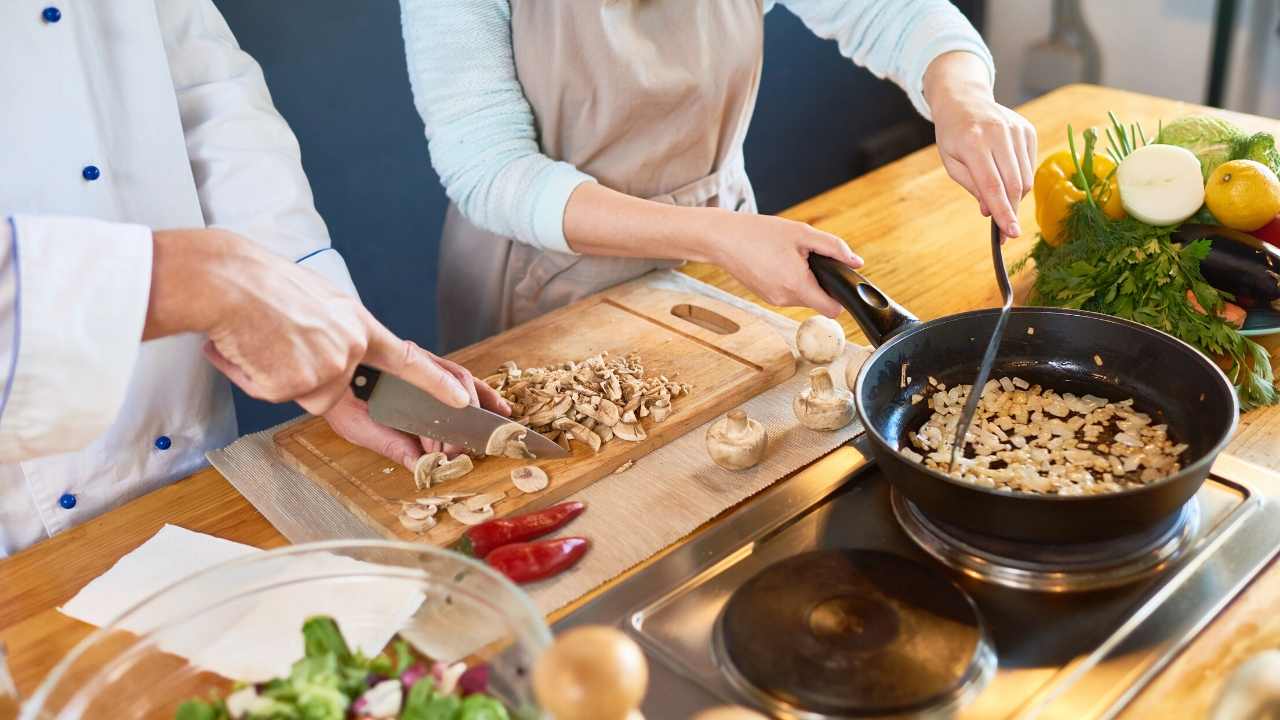 |
[TAG32]In this video we are starting out seedlings for our winter growing in the Tower Garden and we're taking you along for the journey! We'll show you just how easy |
 |
[TAG33]Hope you enjoyed this video and thank you for your support. Don’t forget to like, share and subscribe. PLEASE FOLLOW ME IN FACEBOOK https://www.facebook |
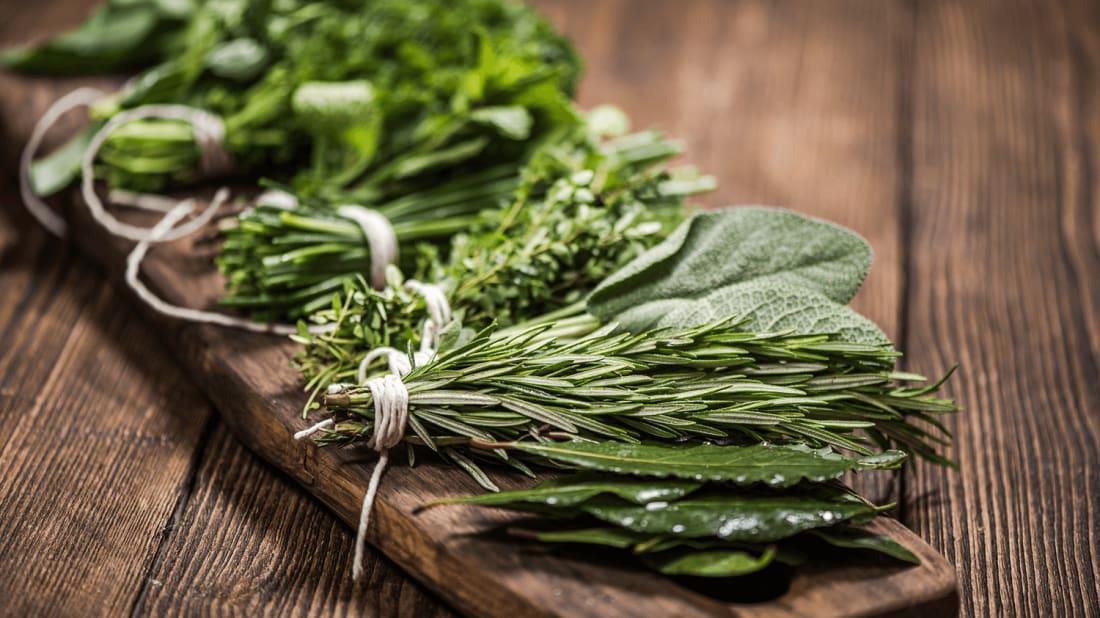 |
[TAG34]Learn herbs from respected professional herbalists offering world-class herbalist training. The NEW Professional Herbalist Course includes courses on over 600 |
 |
[TAG35]Who was the Marble Looking Man? Paul Sinclair shares his accounts of unusual and strange happenings in an around East and North Yorkshire. We now have |
 |
[TAG36]COFFEE MOANING the PODCAST ON APPLE PODCASTS: https://podcasts.apple.com/gb/podcast/coffee-moaning/id1689250679 ON SPOTIFY: |
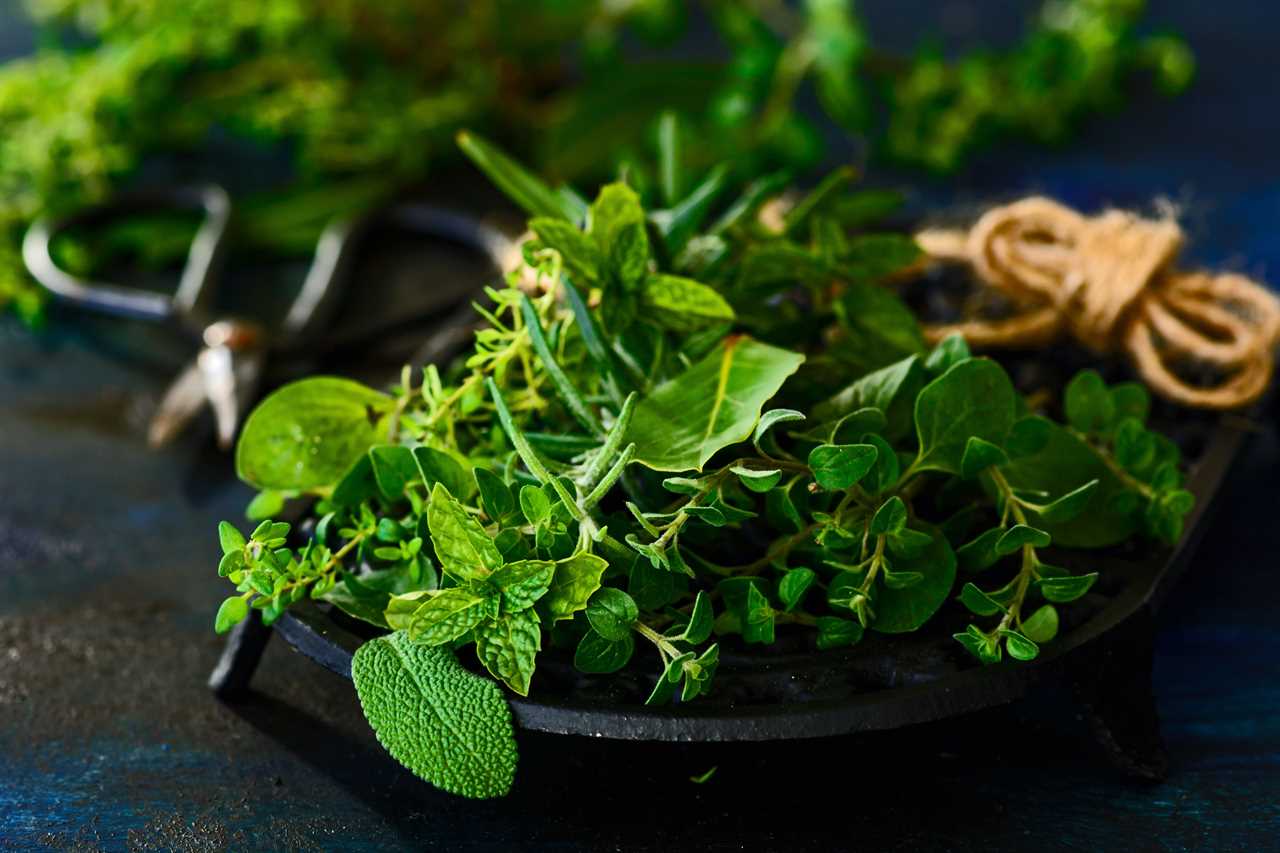 |
[TAG37]Find out more about herbs and how to use them |
 |
[TAG38]Are you eating healthy bread? If so, this video is a must-watch before you take another bite of those seemingly innocent slices. Bread might be a staple, but |
 |
[TAG39]Patrick Bet-David, Adam Sosnick, Tom Ellsworth and Vincent Oshana discuss Bill Maher's appearance on Roseanne Barr's podcast where he denies knowing MK Ultra, |
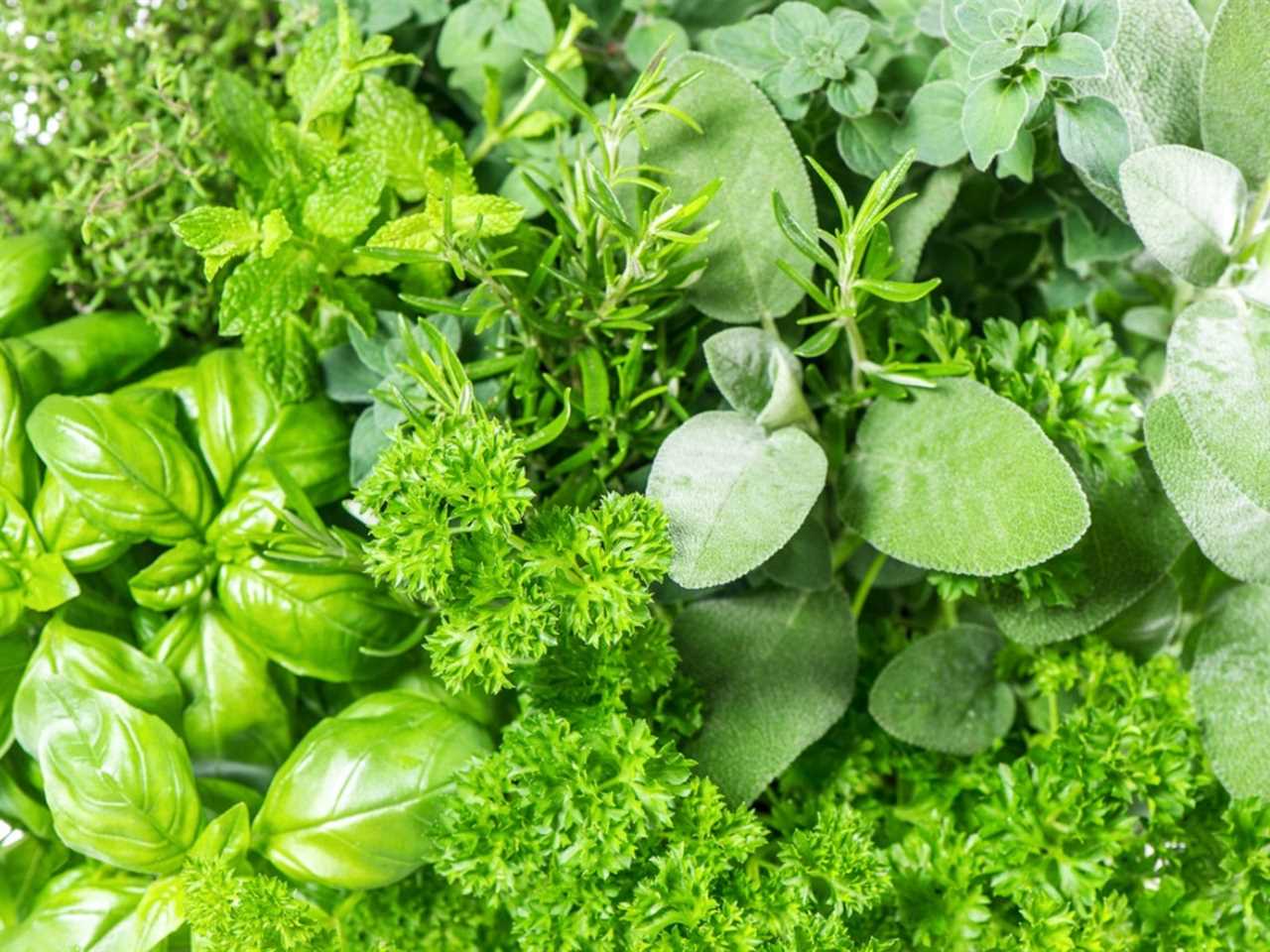 |
[TAG40]Like life, tea is what you make of it and The Cup of Life helps individuals enjoy tea in more than one way. Join me on my tea adventures through my blog! |
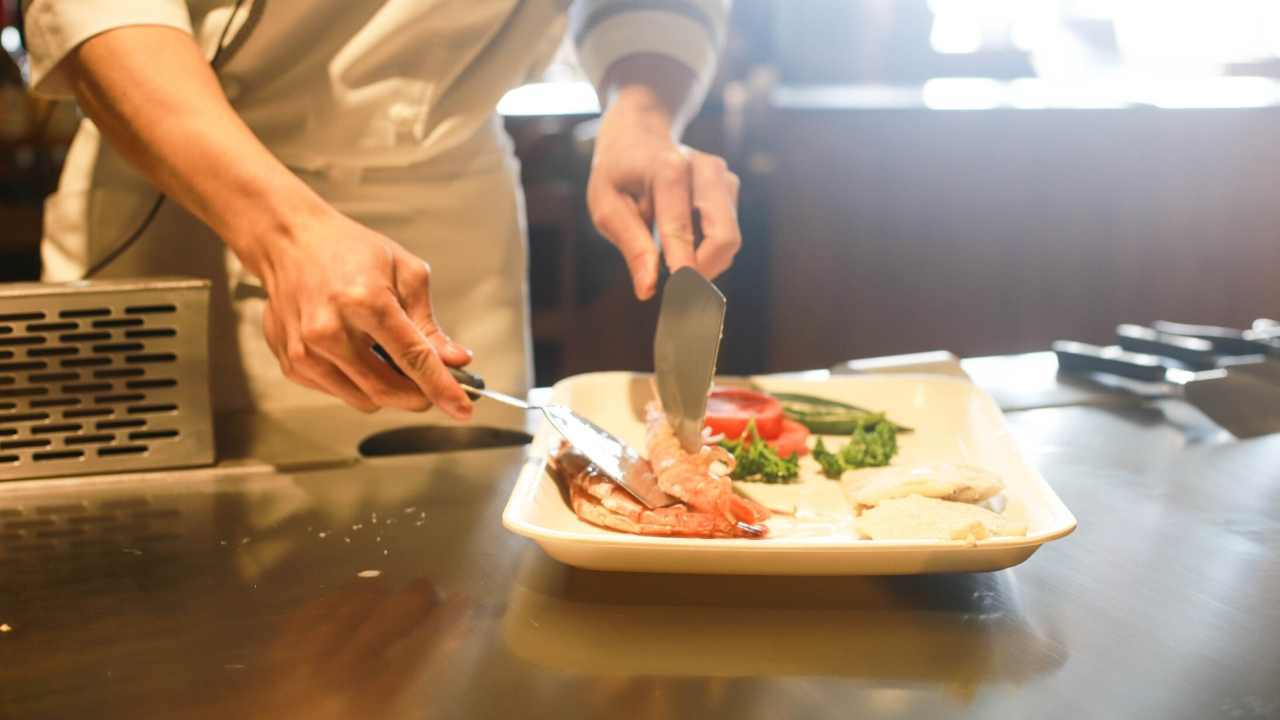 |
[TAG41]Use Code THOMAS25 for 25% off Your First Order from SEED: https://www.seed.com/thomasyt Obesity Pandemic - Willpower vs Genes vs Environment This video |
 |
[TAG42]Harvesting self-grown vegetables - bursting with emotions when the old lady handed over the red book Thank you for watching my video. Wishing you good health, |
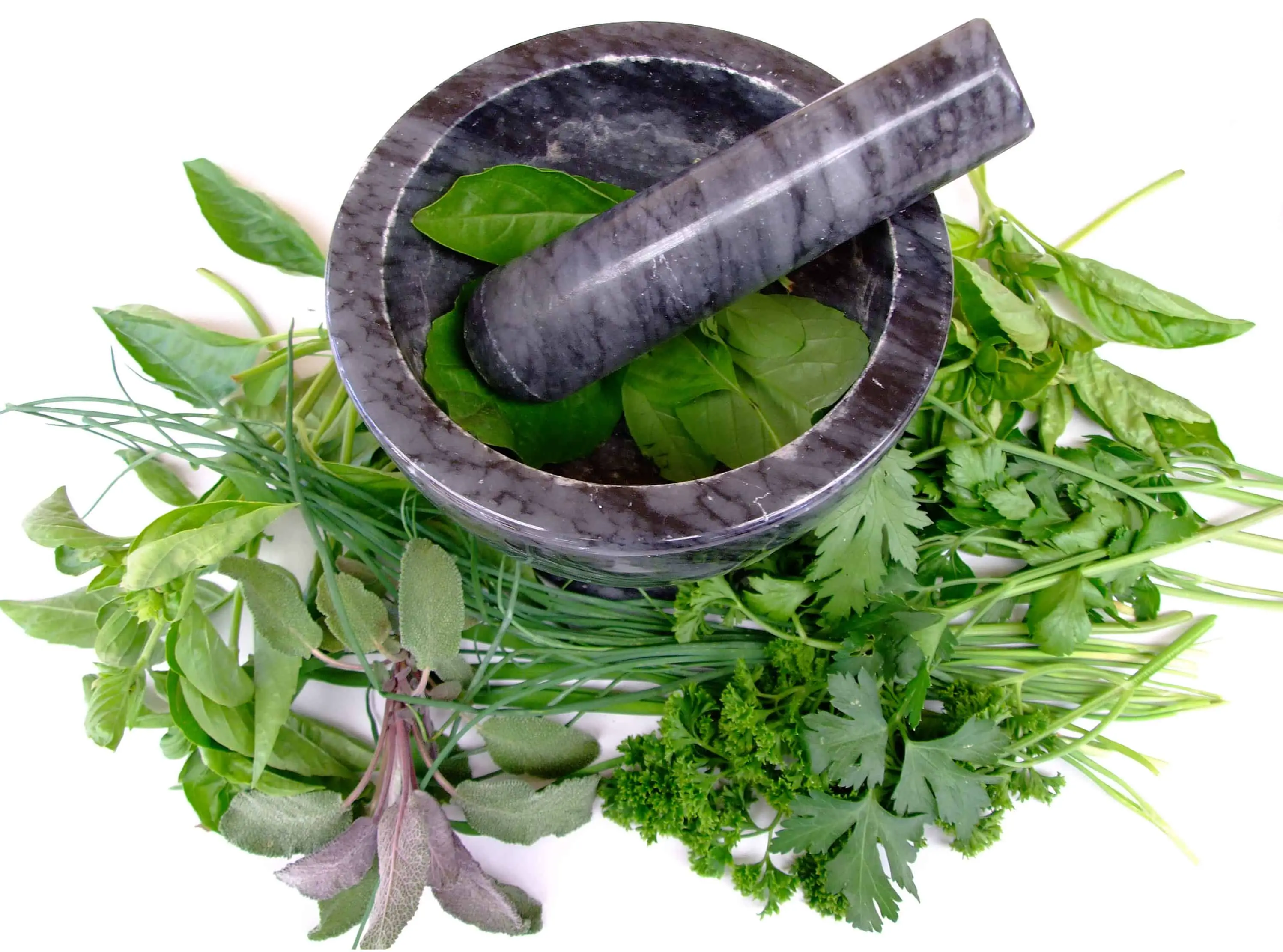 |
[TAG43]A tea assessment platform that rates teas based on objective quality markers and a sensory evaluation resulting in a list of the best teas produced each year. |
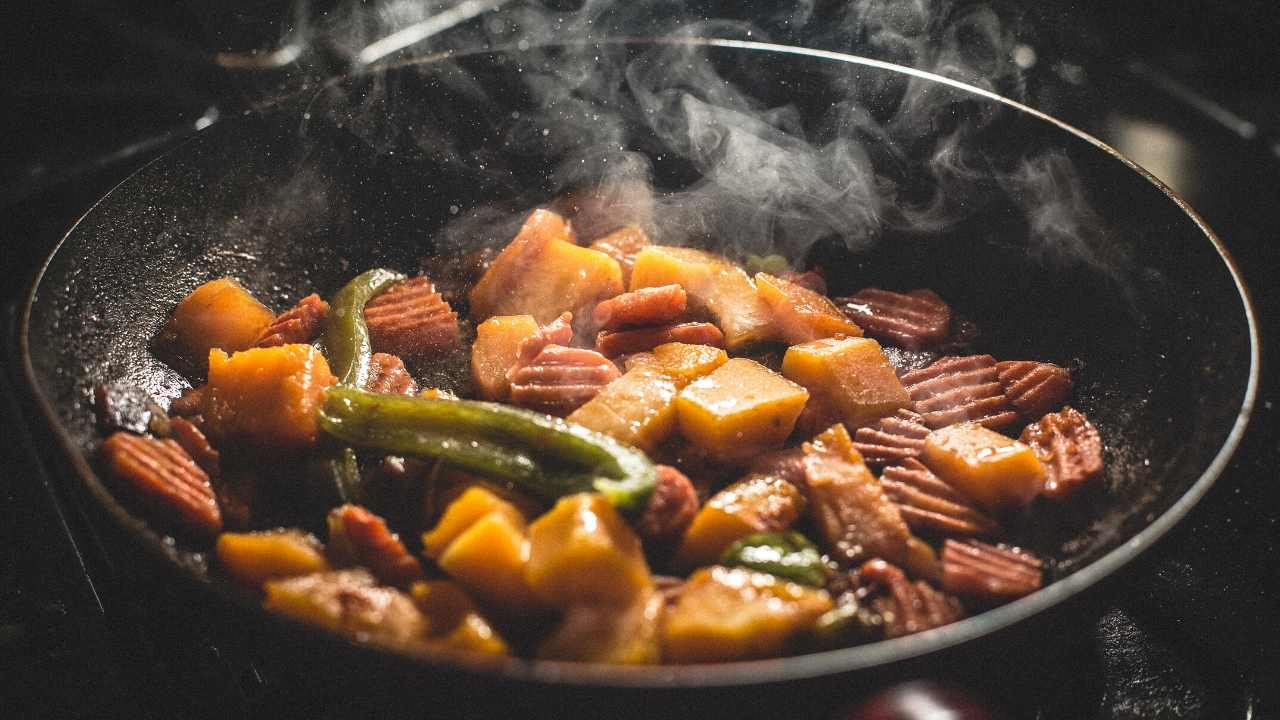 |
[TAG44]In This Video I'm Gonna Show You How To Find And Farm All 7 Herbs In Terraria! Enjoy ! :) #terraria #guide #tutorial |
 |
[TAG45]Former President Trump in recent remarks is now working to portray President Biden as a threat to democracy, saying Biden 'is the destroyer of American |
.png)





